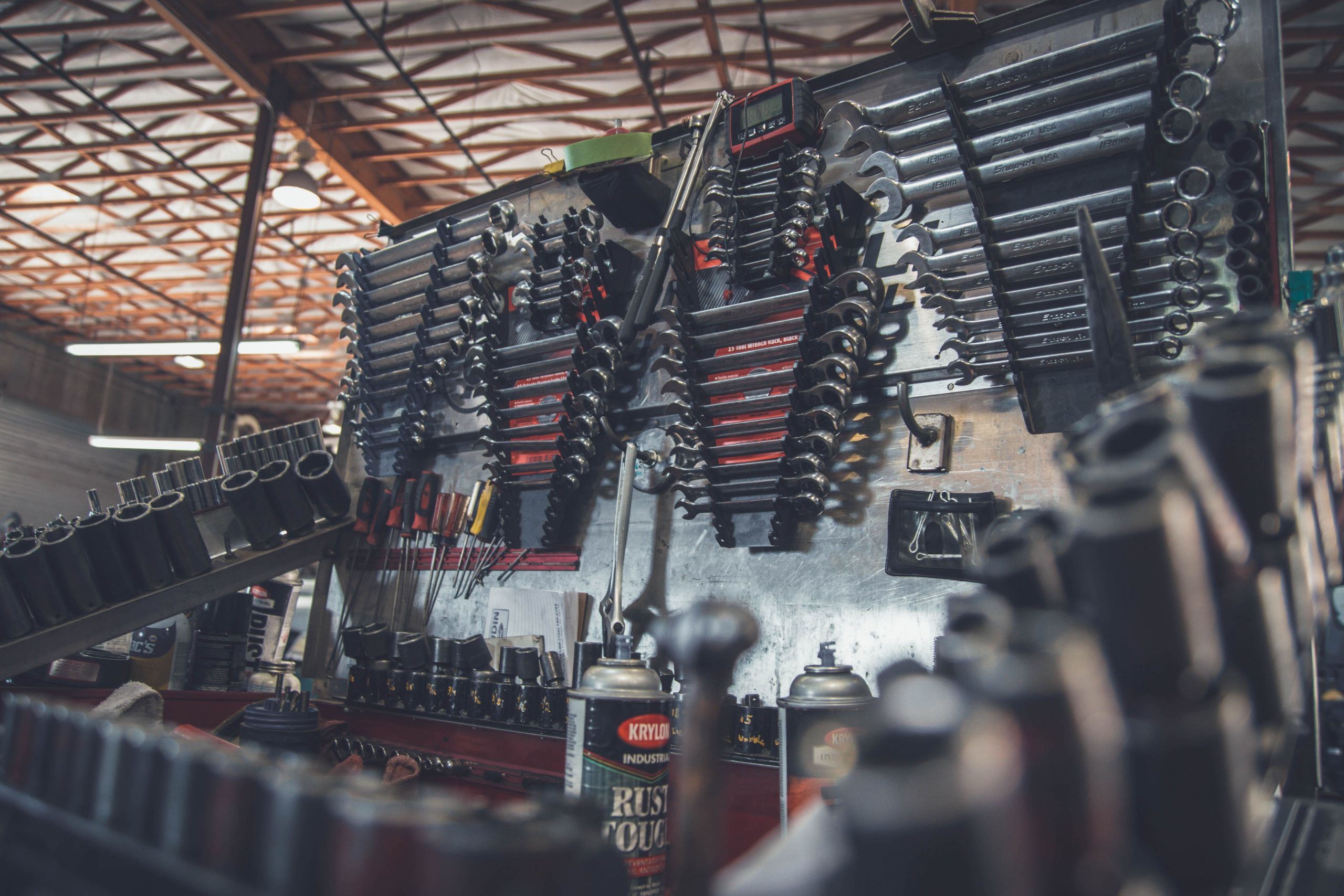It’s getting cold and the nights are drawing in, so it’s time to get prepared for some winter driving. We have pulled together some tips on how to drive safely this winter.
Is your car due for a service?
Ensure your car has had a service before entering into winter months to handle the more challenging weather conditions. It’s always better to get any problems fixed before than putting you or other road users at risk. You can check your owner’s handbook for recommended service schedule dates. However, you should have your car serviced after 12,000 miles or every 12 months.

How to check your oil levels
Checking your oil levels, this should be between the minimum and the maximum mark on your car’s dipstick.
Synthetic oils are known to expand when they’re cold, therefore, some manufacturers will recommend checking the oil once the engine has warmed up. Run your engine for 5 – 10 minutes, then ensure that it’s switched off before checking the oil level.
To prevent accidents or burns from hot fluids and mechanical components, DO NOT check it when the engine is running.
For further information, refer to your vehicle handbook!
Also, ensure that you have plenty of fuel in your tank before you start your journeys.
Top tip: too much oil is as bad as too little oil.
Why is it important to keep your headlights clean?
Due to the extreme weather conditions during the winter there is a lot more salt and dirt on the roads, you can lose an estimated 40% of luminosity in about 20 miles on a damp gritty motorway according to road safety charity IAM road smart. Make sure that you wipe your lights before and after your journeys with a cloth to make sure these are clean. It is also essential to check your lights are in full working order before setting off on your journey.
Top tip – make sure your registration plate is clean as you could face a fine if it is not readable.

Wiper blades and window screen care
Ensure that your wipers are in full working order with no rips or holes; this will help keep your screen clear during wet and snowy weathers and not damage your window screen.
Having plenty of washer fluid for your screen is very important, especially during winter as your car picks up more dirt due to the weather conditions, it is also illegal to have no washer fluid.
Checking your tyres
It is essential to check the tyre pressure, tread, and wear. Checking your tyres is always a must, but during winter conditions, you need to be extra cautious as this will increase your stopping distance, making it ten times longer during icy, snowy, and wet conditions. Ensure that your tyre pressure is correct; this will be in your vehicle manual. Tyres need a minimum tread depth of 1.6mm by law.
Top tip: in winter experts suggest that you change yes at 3mm to maintain safe stopping distances.
If you drive in rural areas where snow happens every year during the winter season, you should invest in snow chains for your car. Snow chains are an excellent way of gaining extra grip and traction control, although, they should only be used when the roads are layered with a sufficient quantity of snow.
Top tip: in winter experts suggest that you change yes at 3mm to maintain safe stopping distances.
If you drive in rural areas where snow happens every year during the winter season you can invest in snow chains for your car, snow chains are an excellent way of gaining extra grip and traction control, although, should only be used when the roads are layered with a sufficient quantity of snow.

Why antifreeze is a must
Antifreeze won’t break the bank but to repair a cracked engine will, you need a 50/50 mix of antifreeze and water in the winter, this will protect your engine down to -34c, most modern cars use long-life antifreeze which only needs changing after two years.
Checking your breaks
As always your brakes need to be in the best condition, but in winter, this is even more important as your stopping distance has increased in snowy/icy conditions. If your brakes make unusual noises, then get them checked asap. If your car has been standing still during freezing conditions, then remember to set off slowly in case your hand brake has frozen over.
Quick tips
- Always allow extra time for your journey.
- Wear comfortable shoes.
- Clear all windows using a scraper and de-icer – do not use your window wipers to clear the ice from your screen, as this could cause the rubber to rip.
- Don’t ignore your car alerts; get them checked.
- A warning triangle, some manufacturers provide this and store it in your car.
- Shovel ( will be needed in snowy conditions)
Here at contract cars, we have a wide range of SUVs that are perfect for tackling all kinds of weather conditions.







